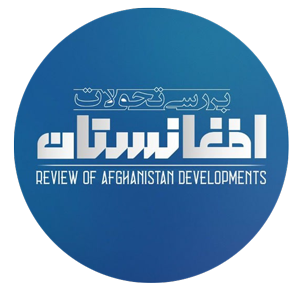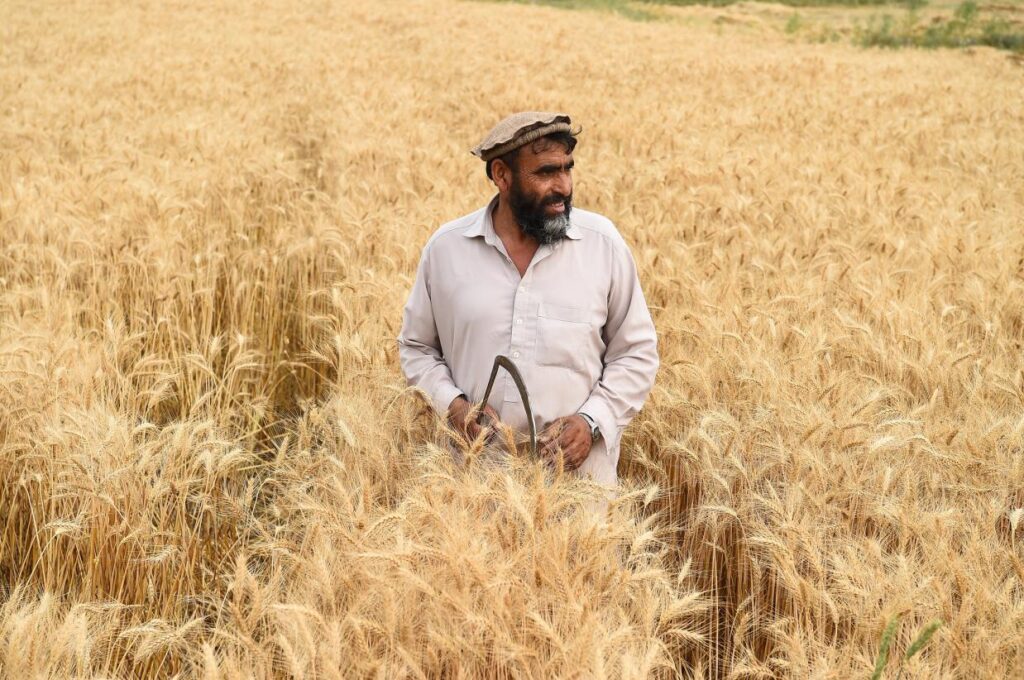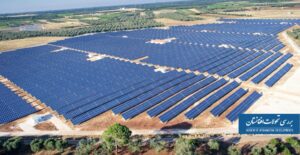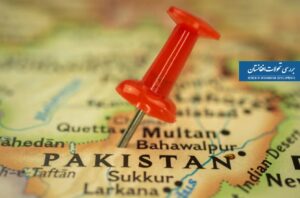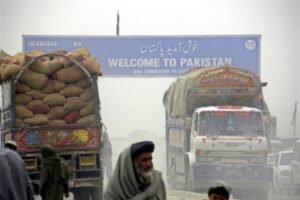Review of Afghanistan developments
The functioning of the agricultural economy in Afghanistan
agriculture serves as a crucial source of income and national output in numerous countries. It plays five key roles in the economy: generating income, creating jobs, supplying food, establishing markets, and earning foreign currency. Enhancing the agricultural economy and supporting farmers, particularly in wheat production in Afghanistan, has the potential to boost both income levels and GDP.
Afghanistan’s role in supplying services and industrial products to global markets is minimal and inconsequential. The country’s potential for generating foreign exchange primarily relies on the sale and export of agricultural goods. Nevertheless, enhancing the agricultural sector could significantly engage a large segment of the job-seeking population in Afghanistan.
The role of the agricultural economy in Afghanistan
The economy of Afghanistan is primarily centered around agriculture. A report from the United States Agency for International Development (USAID) indicates that 80% of the Afghan populace is involved in agricultural activities and livestock management, with agricultural products contributing to 31% of the gross national income. Thus, it can be concluded that agriculture is a significant source of employment for approximately 80% of the country’s residents.
Experts assert that advancing agriculture has the potential to foster significant economic growth and development in Afghanistan. Given the current circumstances, agriculture stands out as the most viable, if not the sole, pathway for the nation’s economic advancement.
The state of the agricultural system in Afghanistan
The agricultural framework in Afghanistan continues to be characterized by traditional and subsistence practices, lacking industrial advancement. Historically, Afghanistan was a significant exporter of livestock products and dried fruits; however, three decades of conflict have severely undermined the nation’s infrastructure, hindered agricultural progress, and adversely affected the overall national economic growth.
The two decades of international involvement in Afghanistan have adversely affected the country’s agricultural economy rather than fostering its development and growth.
The substantial influx of international aid funds was not directed towards the advancement of Afghanistan’s agricultural economy, resulting in Afghanistan’s significant reliance on foreign assistance. Statistics indicate that in the years 2004, 2008, and 2010, Afghanistan’s agricultural sector not only stagnated but also experienced a downturn. Key factors contributing to this downturn include insufficient investment in agriculture, rural migration to urban areas, and the prevalence of plant pests and diseases.
Governments’ achievements in developing the agricultural economy
In the former Afghan government, a team of international specialists within the Afghan Ministry of Agriculture developed a strategy for agricultural advancement as part of the country’s national development plan.
The anticipated outcome of executing this strategy was to foster agricultural development in Afghanistan, enhance the living standards of the Afghan population, particularly in rural regions, and facilitate the advancement of the national economy.
Political strife, corruption within the administration, and the mafia-like characteristics of Afghanistan’s market and economy, along with ongoing civil wars, involvement in drug production and trafficking, and the government’s propagandistic and symbolic handling of infrastructure initiatives like dam construction, posed significant challenges to the agricultural development strategy.
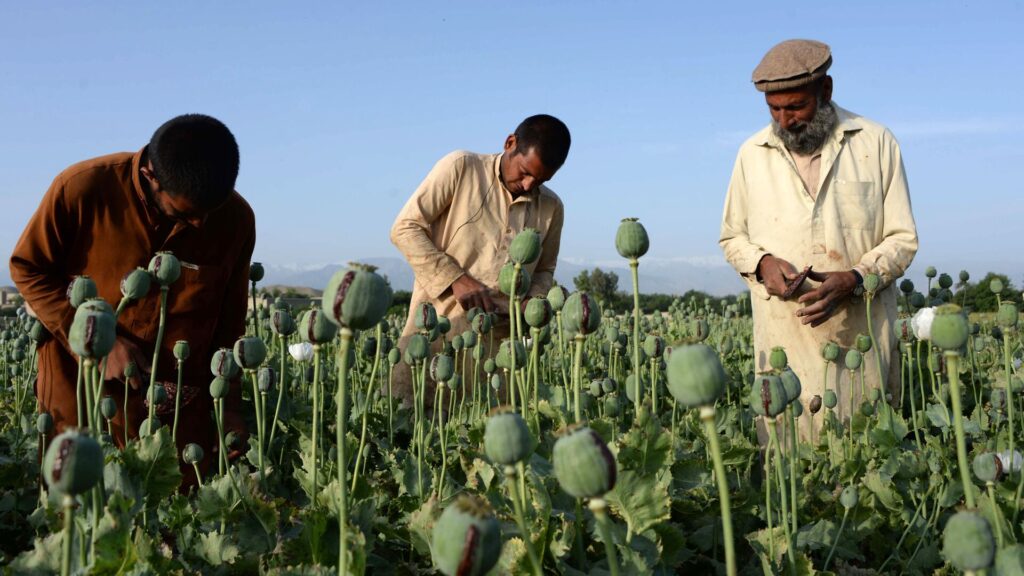
Taliban government focuses on mines
The rise of the Taliban government has led to a renewed focus on the initiatives of the former administration, particularly regarding the management of Afghanistan’s water resources through dam construction. The execution of the Qush Tepe Grand Canal project is regarded as one of the most significant accomplishments of the Taliban government.
The significant advancements made by the Taliban government in agriculture during its initial years demonstrated a strategic perspective on Afghanistan’s agricultural economy. However, with the increasing prominence of mining in the country, it appears that focus has transitioned from agriculture to mineral exploitation.
Challenges
The primary influence on the growth of Afghanistan’s agricultural sector is natural disasters. Recent droughts have led to a decrease in the diversity of agricultural products available in the country.
Water resource management in Afghanistan remains a significant challenge that has yet to be effectively addressed. Insufficient governmental focus and the absence of comprehensive strategies in this area have led to annual variations in the extent of land cultivated.
To advance agriculture in any nation, the construction of roads is crucial as they enable the efficient transport of agricultural raw materials and finished goods. In Afghanistan, the rugged landscape and extended periods of conflict have significantly hindered the progress of road development.
One of the challenges confronting Afghanistan’s agricultural economy is the absence of essential infrastructure for the collection, storage, packaging, and export of products to both regional and global markets.
The advancement and expansion of Afghanistan’s agricultural sector necessitate financial assistance from both public and private banking institutions. However, the ongoing economic crisis and the prevailing uncertainty regarding the nation’s future have led financial entities to refrain from offering substantial, long-term loans to farmers.
An additional significant challenge is that Afghanistan’s scientific institutions, including agricultural educational facilities and colleges, have not engaged in applied research related to agricultural development. Furthermore, the initiatives undertaken by foreign institutions have not been adapted to the local context in Afghanistan.
Capacities and requirements
Notwithstanding the various issues and challenges outlined previously, Afghanistan’s agricultural sector presents numerous opportunities for development and expansion. The availability of abundant, untapped water resources and fertile agricultural land, coupled with the presence of industrious and committed farmers, diverse climatic conditions, and substantial consumer markets in neighboring countries, are regarded as key factors that can drive the growth and advancement of agriculture in Afghanistan.
With security now reestablished in Afghanistan, the Taliban administration ought to initiate extensive rural road construction initiatives, engaging the local population to link urban centers with rural areas. This will facilitate timely delivery of agricultural products from farmers to markets and cities across Afghanistan. Additionally, by enhancing economically-focused international relations, the Taliban government should encourage nations to finalize regional transit projects, thereby enabling Afghan agricultural goods to reach global markets.
Connecting Afghanistan’s agricultural economy to both regional and global markets will facilitate the gradual mechanization of the country’s agricultural system, propelling it into an industrial phase.
There are shared climatic characteristics between Afghanistan and its neighboring nations. It is essential to leverage the agricultural expertise and experiences of these neighboring countries. By enhancing agricultural knowledge and skills, Afghanistan can pave the way for the advancement of the agricultural economy.
